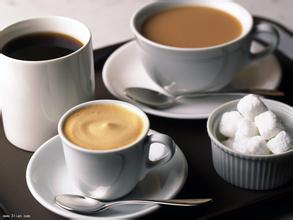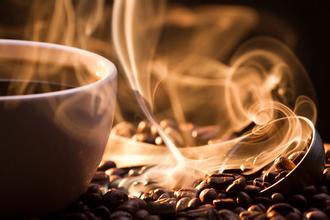Introduction to the Origin of Indonesian Kopi Luwak Flavor and Taste
Main coffee producing area
Java, the oldest producing area, continues its reputation from the glory days of Indonesian coffee in the 18th century. Java coffee is still reminiscent of high-quality delicacy, when the most famous blend is Java coffee with Yemeni mocha. In addition, Java also has a very famous old coffee Aged coffee, or monsoon coffee Monsooned coffee.
Sumatra, the most legendary producing area, well-known coffee logos include Mandheling Mantenin, Lintong Lintong and Gayo Mountain Gayusan.
Sulawesi Island, famous coffee includes Delaga Toraja.
In addition, Bali, Flores and Timor are also important producing areas.
Coffee planting mode
In the Dutch colonial era, coffee was mainly grown in large estates. After World War II, it experienced the process of nationalization and the movement of independence. Today, about 90% of the coffee produced in Indonesia is produced by small farmers.
Coffee variety
At first, Indonesian coffee was Arabica, and the Arabica manor was destroyed by a leaf rust disaster at the end of the 18th century. at first, the Dutch tried to grow Liberian seeds, and later, they began to plant Robsta seeds on a large scale.
At present, Arabica species account for about 10-15% of the coffee produced in Indonesia, and the rest is Robusta. Although Liberika species are produced, they are basically not included in the coffee trade. Coffee treatment
Coffee from Java is traditionally washed.
Sumatra and Sulawesi are famous for their "wet planing" wet-hulled with Indonesian characteristics, known locally as Giling Basah.
The drying methods in coffee processing vary according to the situation: high-priced bed drying in the awning, balcony drying, roadside drying and other methods are all used.
Coffee flavor
Although the flavor varies from region to region, Indonesian coffee is usually mentioned, and the excellent full body is most often mentioned.

Important Notice :
前街咖啡 FrontStreet Coffee has moved to new addredd:
FrontStreet Coffee Address: 315,Donghua East Road,GuangZhou
Tel:020 38364473
- Prev

Introduction of flavor and taste characteristics of Salvadoran coffee beans
The country has 10 per cent forest cover, of which more than 80 per cent is natural shaded woodland, which is ideal for the planting of coffee trees (shade grown coffee), which is very important for the Central American ecological corridor (Central American Biological Corridor). But in 1970, a serious coffee leaf rust spot (coffee leaf rust disease) occurred in order to
- Next

Panamanian Jade Manor Rose Summer Coffee beans Baru Volcano Jadeite Manor
The species of Geisha was discovered in the Rose Summer Forest of Ethiopia in 1931 and sent to the Coffee Institute in Kenya; it was introduced to Uganda and Tanzania in 1936, in Costa Rica in 1953, and Panama was introduced in the 1970s by Francesca of Dongba Seven Farm Garden. Mr. Serraxin got seeds from CATIE, Costa Rica, and started growing Rosa Coffee.
Related
- Does Rose Summer choose Blue, Green or Red? Detailed explanation of Rose Summer Coffee plots and Classification in Panamanian Jade Manor
- What is the difference between the origin, producing area, processing plant, cooperative and manor of coffee beans?
- How fine does the espresso powder fit? how to grind the espresso?
- Sca coffee roasting degree color card coffee roasting degree 8 roasting color values what do you mean?
- The practice of lattes: how to make lattes at home
- Introduction to Indonesian Fine Coffee beans-- Java Coffee producing area of Indonesian Arabica Coffee
- How much will the flavor of light and medium roasted rose summer be expressed? What baking level is rose summer suitable for?
- Introduction to the characteristics of washing, sun-drying or wet-planing coffee commonly used in Mantenin, Indonesia
- Price characteristics of Arabica Coffee Bean Starbucks introduction to Manning Coffee Bean Taste producing area Variety Manor
- What is the authentic Yega flavor? What are the flavor characteristics of the really excellent Yejasuffi coffee beans?

